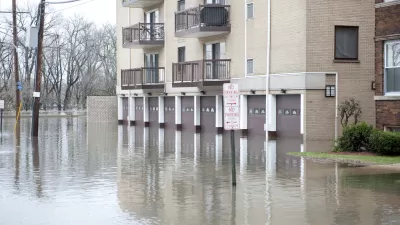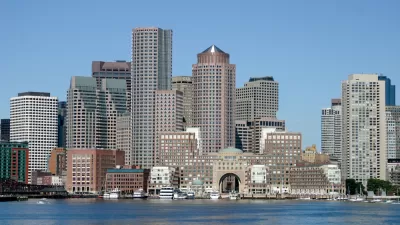"Building Climate Resilience in Cities" was developed by global insurers and non profits to offer tools and technical assistance to urban areas facing development changes in response to climate change risks.
In the wake of Super Typhoon Haiyan and the 1 year anniversary of Superstorm Hurricane Sandy, global metropolises are struggling to end the climate change debate and focus on climate change solutions. In a unique overlap of interest,s non profits and global insurance agencies have teamed together to create a framework for assessing risk which if implemented, could save lives and dollars.
The new report provides a scaled prioritization list, a strategic planning framework, and a toolkit for local communities to host workshops with multiple stakeholders in their redevelopment process. The report aims to find a common global method for evaluating and addressing climate risk in response to the increasing frequency of catastrophic storms. As megalopolises are frequently located in coastal areas and represent ties to international communities, this framework addresses the multinational impact of and response to storms in urban economic centers.
Insurers have a role to play alongside planners and policy makers by setting the rates which determine which, if any, populations can live in coastal areas. Ceres, an American NGO, recognized this role and took the initiative to expand the alliance of stakeholders in climate change risk assessment and management. This global initiative is the first step in aligning global with local policy for adaptation planning.
FULL STORY: Insurers, non-profits offer new resources on building resilient cities in face of climate risks

Alabama: Trump Terminates Settlements for Black Communities Harmed By Raw Sewage
Trump deemed the landmark civil rights agreement “illegal DEI and environmental justice policy.”

Planetizen Federal Action Tracker
A weekly monitor of how Trump’s orders and actions are impacting planners and planning in America.

Why Should We Subsidize Public Transportation?
Many public transit agencies face financial stress due to rising costs, declining fare revenue, and declining subsidies. Transit advocates must provide a strong business case for increasing public transit funding.

Understanding Road Diets
An explainer from Momentum highlights the advantages of reducing vehicle lanes in favor of more bike, transit, and pedestrian infrastructure.

New California Law Regulates Warehouse Pollution
A new law tightens building and emissions regulations for large distribution warehouses to mitigate air pollution and traffic in surrounding communities.

Phoenix Announces Opening Date for Light Rail Extension
The South Central extension will connect South Phoenix to downtown and other major hubs starting on June 7.
Urban Design for Planners 1: Software Tools
This six-course series explores essential urban design concepts using open source software and equips planners with the tools they need to participate fully in the urban design process.
Planning for Universal Design
Learn the tools for implementing Universal Design in planning regulations.
Caltrans
Smith Gee Studio
Institute for Housing and Urban Development Studies (IHS)
City of Grandview
Harvard GSD Executive Education
Toledo-Lucas County Plan Commissions
Salt Lake City
NYU Wagner Graduate School of Public Service





























